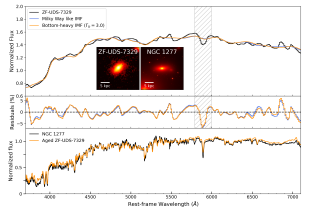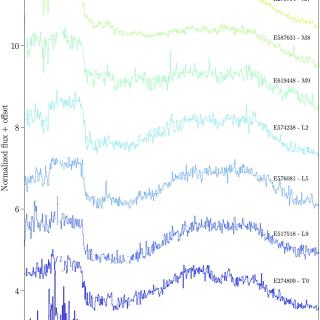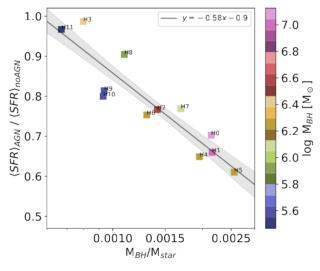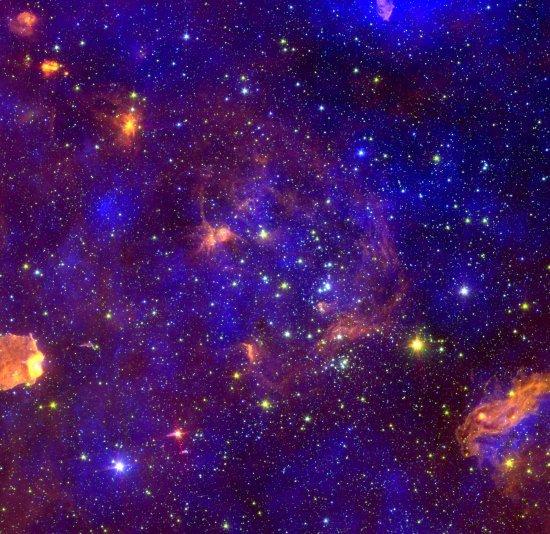In order to fully understand the gravitational collapse of molecular clouds, the star formation process, and the evolution of circumstellar disks, these phenomena must be studied in different Galactic environments with a range of stellar contents and positions in the Galaxy. The young massive association Cygnus OB2, in the Cygnus-X region, is a unique target to study how star formation and the evolution of circumstellar disks proceed in the presence of a large number of massive stars. We present a catalog obtained with recent optical observations in the r, i, z filters with OSIRIS, mounted on the 10.4 m Gran Telescopio CANARIAS telescope, which is the deepest optical catalog of Cyg OB2 to date. The catalog consists of 64,157 sources down to M = 0.15 M ☉ at the adopted distance and age of Cyg OB2. A total of 38,300 sources have good photometry in all three bands. We combined the optical catalog with existing X-ray data of this region, in order to define the cluster locus in the optical diagrams. The cluster locus in the r – i versus i – z diagram is compatible with an extinction of the optically selected cluster members in the 2.64 m < AV < 5.57 m range. We derive an extinction map of the region, finding a median value of AV = 4.33 m in the center of the association, decreasing toward the northwest. In the color-magnitude diagrams, the shape of the distribution of main-sequence stars is compatible with the presence of an obscuring cloud in the foreground ~850 ± 25 pc from the Sun.
Advertised on
References
2012 ApJS, 202, 19
It may interest you
-
 Observations made with the James Webb Space Telescope (JWST) have revealed a larger-than-expected number of massive galaxies when the Universe was still young. The focus of this study is precisely one of these galaxies, ZF-UDS-7329. It is a very compact object, and its spectrum suggests that it formed at a very early stage, when the Universe was around 2 billion years old. According to theoretical predictions, these objects first formed a generation of stars at the center of their dark matter halos and subsequently grew by merging with other halos. However, due to the random nature of theseAdvertised on
Observations made with the James Webb Space Telescope (JWST) have revealed a larger-than-expected number of massive galaxies when the Universe was still young. The focus of this study is precisely one of these galaxies, ZF-UDS-7329. It is a very compact object, and its spectrum suggests that it formed at a very early stage, when the Universe was around 2 billion years old. According to theoretical predictions, these objects first formed a generation of stars at the center of their dark matter halos and subsequently grew by merging with other halos. However, due to the random nature of theseAdvertised on -
 The Near-Infrared Spectrometer and Photometer (NISP) on board the Euclid space mission has obtained near-infrared (NIR) spectra of millions of objects, including hundreds of ultracool dwarfs (UCDs). Euclid observations retrieve images and slitless spectra simultaneously. This observing mode marks a new era in the discovery of new objects, such as L- and T-type dwarfs, which can be found from direct identification through the H2O and CH4 absorption bands. NISP spectral resolution (R ∼ 450) is enough to classify the objects by the spectral type using known standard templates. Q1 provided moreAdvertised on
The Near-Infrared Spectrometer and Photometer (NISP) on board the Euclid space mission has obtained near-infrared (NIR) spectra of millions of objects, including hundreds of ultracool dwarfs (UCDs). Euclid observations retrieve images and slitless spectra simultaneously. This observing mode marks a new era in the discovery of new objects, such as L- and T-type dwarfs, which can be found from direct identification through the H2O and CH4 absorption bands. NISP spectral resolution (R ∼ 450) is enough to classify the objects by the spectral type using known standard templates. Q1 provided moreAdvertised on -
 Recent observational studies suggest that feedback from active galactic nuclei (AGNs)—the energetic centres powered by supermassive black holes—may play an important role in the formation and evolution of dwarf galaxies, contrary to the standard thought. We investigated this using two sets of 12 cosmological magnetohydrodynamic simulations of the formation of dwarf galaxies: one set using a version of the AURIGA galaxy formation physics model including AGN feedback and a parallel set with AGN feedback turned off. Our results reveal that AGNs can suppress the star formation (SF) of dwarfAdvertised on
Recent observational studies suggest that feedback from active galactic nuclei (AGNs)—the energetic centres powered by supermassive black holes—may play an important role in the formation and evolution of dwarf galaxies, contrary to the standard thought. We investigated this using two sets of 12 cosmological magnetohydrodynamic simulations of the formation of dwarf galaxies: one set using a version of the AURIGA galaxy formation physics model including AGN feedback and a parallel set with AGN feedback turned off. Our results reveal that AGNs can suppress the star formation (SF) of dwarfAdvertised on
